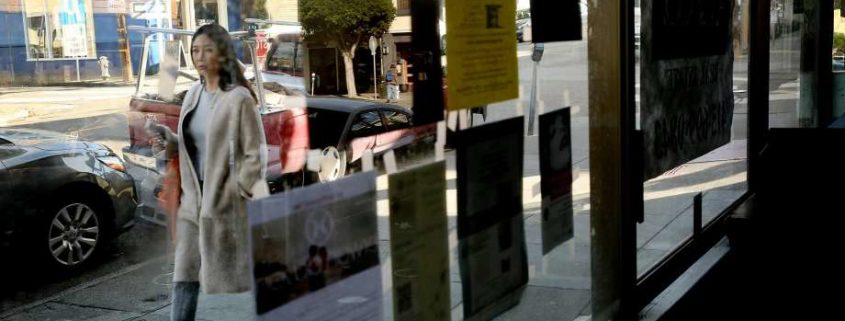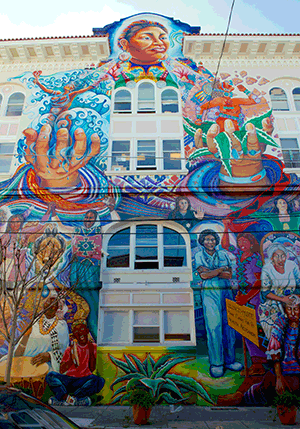photo: 3145 Fillmore Street is up for lease in the Cow Hollow neighborhood, Tuesday, Jan. 30, 2018, in San Francisco, Calif.
SF Chronicle By J.K. Dineen February 5, 2018 Updated: February 5, 2018 7:37pm
Frustration over the growing number of vacant retail spaces in San Francisco neighborhood shopping districts boiled over at City Hall Monday, with a number of supervisors blasting the Department of Building Inspection for failing to hold landlords accountable when they let storefronts sit empty for months or years.While data from the U.S. Postal Service suggest that there are 3,448 vacant or abandoned commercial and residential properties in the city, inspectors rarely cite commercial-property landlords for sitting on empty storefronts, according to Department of Building Inspection Assistant Director Ron Tom, who spoke at the Board of Supervisors Land Use and Transportation Committee.
Property owners are supposed to register any vacant or abandoned building and can be fined $711 a year for allowing a structure or storefront to sit empty. But they rarely are: Last year, only about $5,000 was collected from such property owners. That means only seven property owners in the city were fined.
Tom said the agency looks into vacancies only when there are complaints, which generally come from neighbors.
“It’s a small number of cases,” he said. “The most common source for information is neighbors complaining rather than owners self-reporting.”
Supervisor Sandra Fewer, who represents the Richmond District, said that according to the Department of Building Inspection database “there are no vacant storefronts in my district.”
“That’s ridiculous and not true,” she said. “Complaint-driven is not going to work. We have to be more proactive.”
Despite a notable increase in empty stores in recent years, San Francisco’s commercial corridors are actually holding up better than other parts of the country, according to a new report from the city’s Office of Economic and Workforce Development. The city has an overall vacancy rate of just 3.2 percent — up from 2.4 percent two years ago but far below the double-digit vacancies seen in many cities.
In San Francisco, West Portal has the lowest rate at 1.3 percent and Visitacion Valley the highest at over 16 percent.
Workforce Development Deputy Director Joaquin Torres said the department is looking into both better enforcement and relaxing some of the use restrictions that can make it tough to fill ground-floor spaces.
“Because there is less retail, maybe we have to look at broadening what is allowed on the ground floor,” said Torres.
Mark McHale, a board member of the Eureka Valley Neighborhood Association, said that neighborhood, which includes Upper Market Street, is “struggling with a 12 to 15 percent vacancy rate” and needs “aggressive fees and penalties” to persuade property owners to do what it takes to lease the space, even if that means accepting lower rents.
“We need some sticks to deal with owners who are absent and not responsive,” he said. “We have seen the shift from mom-and-pop owners to corporate investors who are absent and not involved in the community.”
J.K. Dineen is a San Francisco Chronicle staff writer. Email: jdineen@sfchronicle.com Twitter: @sfjkdineen




Leave a Reply
Want to join the discussion?Feel free to contribute!